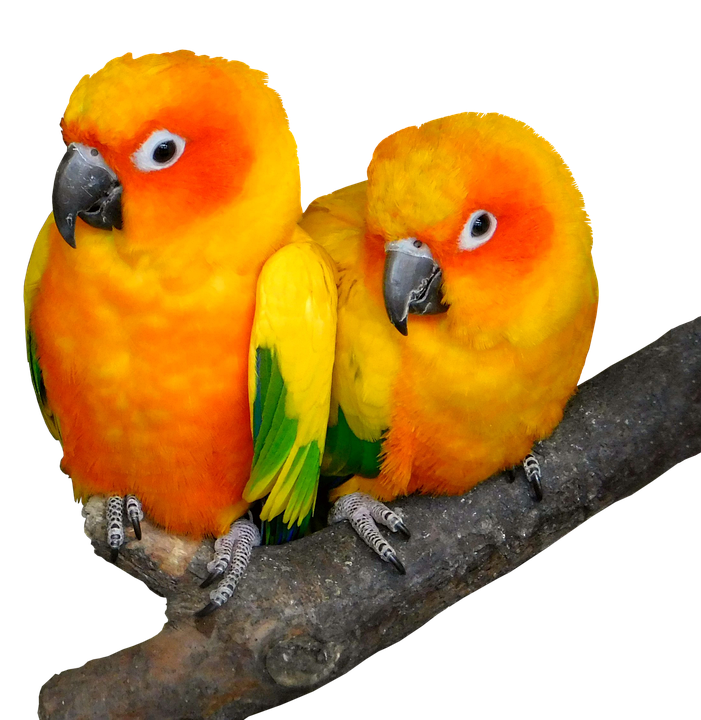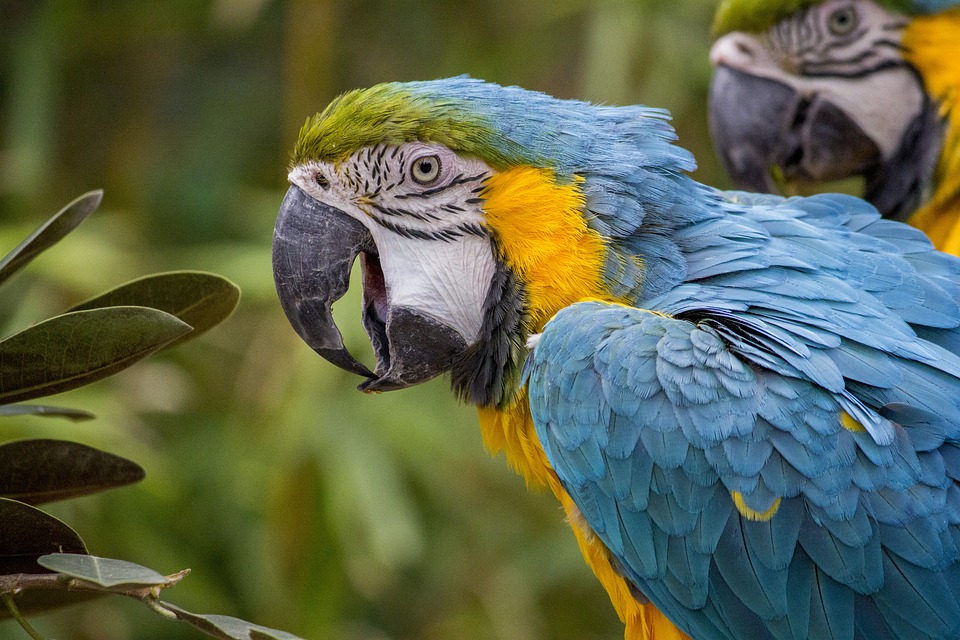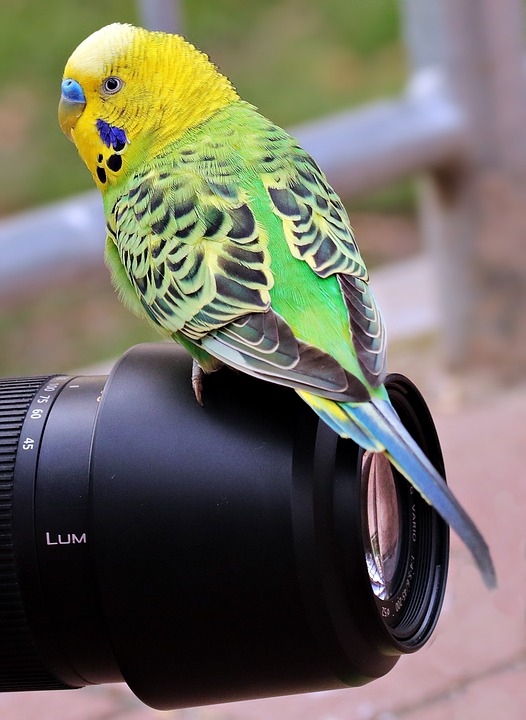Parrots are known for their vibrant feathers, impressive intelligence, and captivating personalities, making them popular companions among pet owners. Understanding your parrot’s behavior is crucial to fostering a strong bond and ensuring their overall well-being. One essential aspect of parrot behavior is recognizing signs of excitement and curiosity. In this article, we will explore the various ways parrots exhibit these emotions, providing you with valuable insights that will enhance your connection with your feathered friend.
Signs of Excitement: Uncovering the Joyful Parrot
Parrots, being highly expressive creatures, display a wide range of behaviors when they are excited. By paying attention to their body language, vocalizations, and overall demeanor, you can easily recognize when your parrot is experiencing intense excitement.
1. Feather Puffing: When a parrot is excited, you may notice its feathers becoming fluffed up, giving the appearance of a larger and more impressive display. This behavior indicates their heightened state of arousal and eagerness.
2. Dilated Pupils: Excitement in parrots often leads to dilated pupils. Keep an eye out for their eyes appearing larger than usual, as this is a telltale sign of their heightened interest or anticipation.
3. Rapid Wing Flapping: Parrots may engage in rapid wing flapping when they are excited, almost as if they are trying to take flight. This behavior is a clear indicator of their enthusiasm and increased energy levels.
4. Vocalizations: Excitement in parrots is often accompanied by increased vocalizations. They may emit loud squawks, chirps, or even mimic human speech patterns more frequently. These vocal displays are their way of expressing joy and eagerness.
5. Head Bobbing: Observe your parrot’s head movements when they are excited. They may bob their head up and down rapidly or from side to side, signaling their excitement and curiosity about their surroundings.
Signs of Curiosity: Unraveling the Inquisitive Parrot
Parrots are naturally curious creatures, constantly exploring their environment and seeking mental stimulation. Recognizing signs of curiosity in your parrot will help you provide suitable activities and engage them in ways that satisfy their inquisitive nature.
1. Exploratory Beak Movements: When a parrot is curious, you may observe them using their beak to investigate objects or surfaces. They may gently nibble or tap on items as a means of exploration, demonstrating their curiosity about the world around them.
2. Head Tilting: Curious parrots often display a unique behavior known as head tilting. They tilt their heads to the side, sometimes alternating between left and right, to gain a different perspective on an object or sound. This behavior indicates their keen interest and desire to understand their surroundings better.
3. Attention-Focused Stance: When a parrot is curious, they tend to adopt an attentive stance. They may lean forward, with their body slightly inclined, as they focus intently on an object or activity. This posture showcases their interest and engagement.
4. Exploratory Foot Movements: Curious parrots may use their feet to explore objects within their environment. They may tap or grasp items, showcasing their desire to interact and investigate further.
5. Feather Ruffling: Feather ruffling can also be a sign of curiosity in parrots. This behavior often occurs when they encounter something new or interesting, as they prepare themselves for potential exploration or interaction.
FAQs about Recognizing Excitement and Curiosity in Parrots
1. How can I differentiate excitement from other emotions in my parrot?
Excitement is typically characterized by increased vocalizations, rapid wing flapping, dilated pupils, and feather puffing. These behaviors, when observed together, indicate excitement.
2. What should I do if my parrot displays signs of excitement or curiosity?
Encourage their behavior by providing appropriate toys, puzzles, and activities that stimulate their curiosity. Engaging in interactive play and spending quality time with them will further enhance their excitement and curiosity.
3. Are there any signs of excitement or curiosity that I should be concerned about?
While excitement and curiosity are normal emotions for parrots, excessive or prolonged displays of these behaviors may indicate an underlying issue. If you notice any sudden changes in behavior, such as aggression or self-destructive tendencies, consult with an avian veterinarian.
4. Can parrots become bored easily?
Yes, parrots are highly intelligent creatures that require mental stimulation to prevent boredom. Regularly introducing new toys, providing foraging opportunities, and engaging in interactive play sessions are essential in keeping your parrot mentally stimulated and happy.
Understanding your parrot’s signs of excitement and curiosity will enable you to create a stimulating environment that nurtures their natural behaviors. By fostering an environment that encourages exploration and engagement, you will strengthen the bond with your parrot and provide them with a fulfilling and enriched life.









